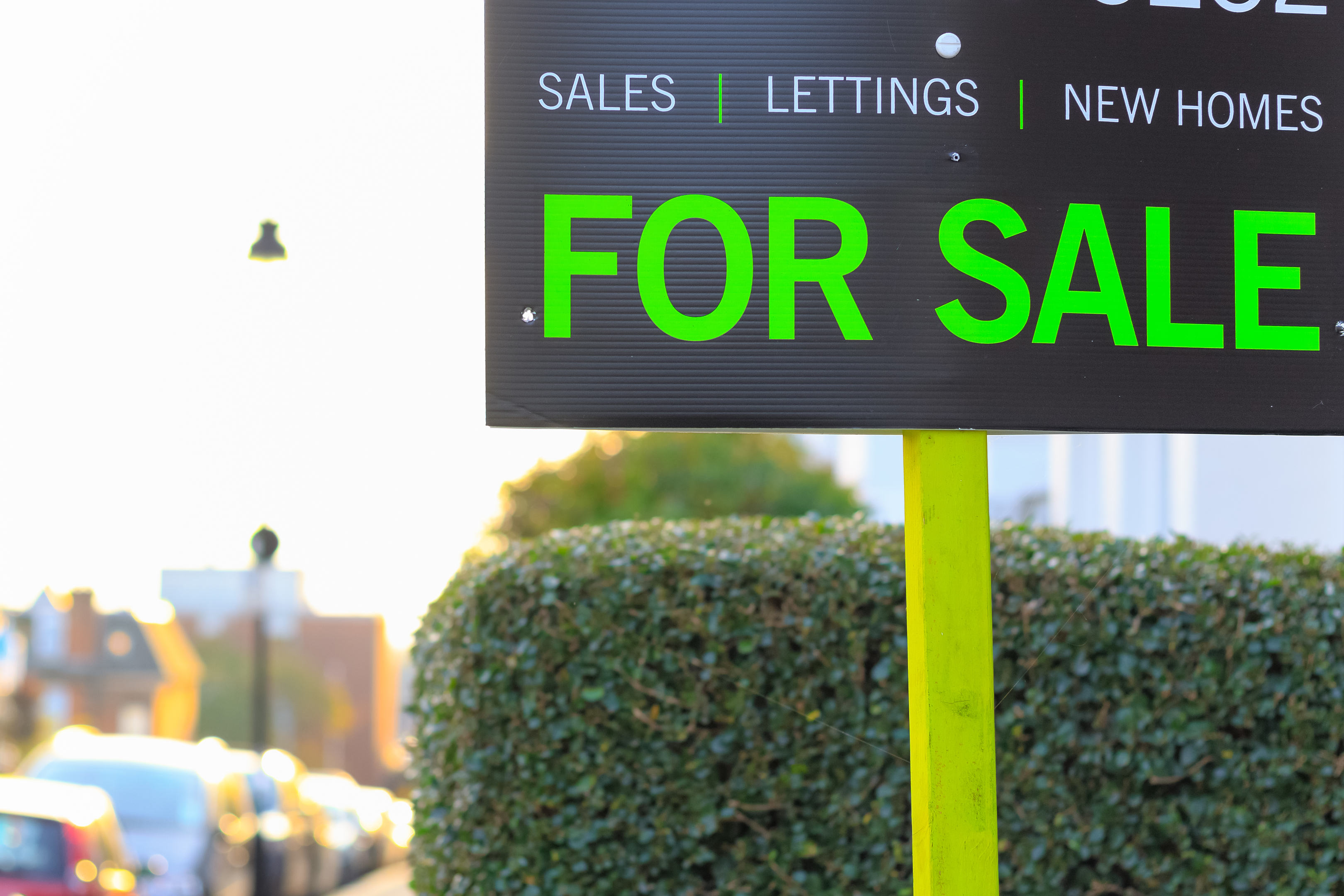
PARENTS have to fork out almost £73,000 more on average to buy a home near to Scotland’s best performing schools, new research has shown.
But that premium rises to more than £120,000 in the catchment areas for four schools, with buyers having to pay on almost £174,000 more than the local average if they want to live near to Edinburgh’s prestigious James Gillespie’s High School.
The research, carried out by the Bank of Scotland, showed average property prices reached an average £277,134 in the areas around the country’s top 20 secondary schools.
That leaves buyers having to pay on average 36% more than if they were buying a property elsewhere in the same local authority area – with this amounting to a difference of £72,973.
The premium paid for living near to a prestigious school has increased from £41,441 last year, the data showed.
The increase was due to a number of new schools in relatively expensive areas for property, the Bank of Scotland said.
The four schools where buyers have to pay £120,000 more than the average prices in the local authority area were Hyndland Secondary School in Glasgow (£121,090), Cults Academy in Aberdeen (£121,205), Boroughmuir High School in Edinburgh (£137,801) and James Gillespie’s High School (£173,783).
However the research also revealed that for five of the top 20 secondaries, homes in the catchment area actually cost less than the local average.
The best performing of these is St Ninian’s High School in East Renfrewshire – ranked as the fourth best secondary in Scotland – where house prices cost on average £259,024, some 2% lower than the rest of the local authority.
Houses near Woodfarm High School are also 2% lower than the East Renfrewshire average, while in East Dunbartonshire properties in the catchment area for both Bishopbriggs Academy and Turnbull High Scool area 19% cheaper than the average, with this rising to 23% for homes close to Lenzie Academy.
In the last five years homes within the catchment areas of the top 20 secondary schools have increased in value by 30% – or £64,034 – from 2013, when the average price for such a property was £213,101.
Over the same period homes near James Hillespie’s High School have increased from £271,020 to £424,647 – an increase of 57% – while in Glasgow properties close to Jordanhill School have risen 50%, going from £110,018 to £165,082.
Graham Blair, mortgages director at Bank of Scotland, said: “When buying a home, many parents want their children to be close to a top performing school, and school catchment house price premiums generally tend to align to where we already know property is more expensive, for example, Edinburgh, Aberdeen and Glasgow.
“With the mix of top schools changing so much from last year, there is a risk that parents focused on school catchment areas could spend money on a property – only for the nearby school to drop out of the top performing list in the coming years.
“Therefore, they may benefit more from buying in an area where the schools are consistently in top 20 but house prices trade at more of a discount.”

Enjoy the convenience of having The Sunday Post delivered as a digital ePaper straight to your smartphone, tablet or computer.
Subscribe for only £5.49 a month and enjoy all the benefits of the printed paper as a digital replica.
Subscribe